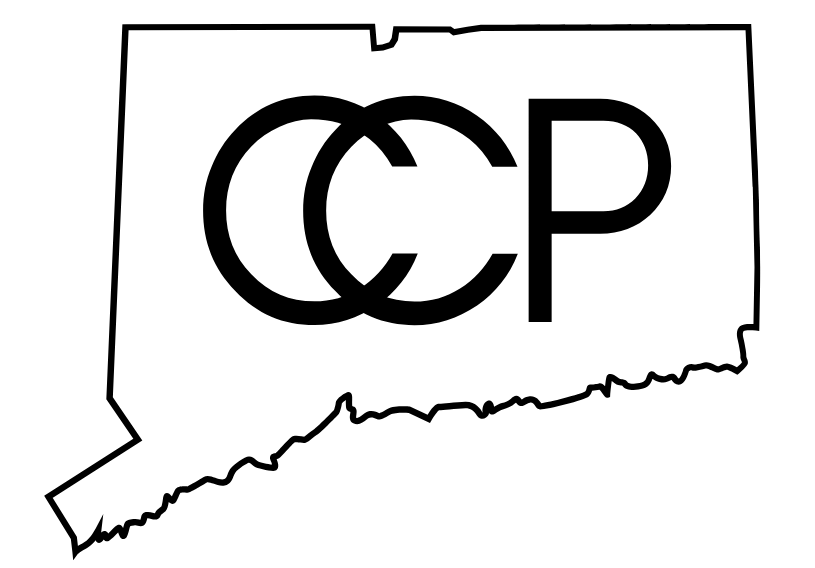Digital and Visual Storytelling
Digital and Visual Storytelling
HISTORY 208, Spring 2024
Instructor: Marianna Hovhannisyan
WESMAPS LINK
During this seminar, we developed a digital group project that addressed the question of remembering and denying pasts through the historical and critical relationships between carcerality, race, and storytelling in Connecticut. By engaging with contemporary forms of digital and visual storytelling (ArcGIS StoryMaps), this group project worked with the modalities of archival studies and digital humanities, accompanied by readings in critical race studies, visual and literary theory, and decolonial theory. We first explored “remembering the past” through two post-Civil War Connecticut landmarks: The Church of the Good Shepherd (1867-69), dedicated to Samuel Colt, and the Mark Twain House (1874), now a museum. Both architectures exist as pivotal markers for a new modern American narrative intertwined with legacies of slavery, manufacturing, firearms, and storytelling. We then considered how to make visible denied “pasts” by conducting archival research on the formative period of the 1860s and 1870s and in respect of the Connecticut context. Centrally, valuable insights for the project development were provided by in-class meetings with scholars, artists, and archivists, whose work rethinks and challenges the bond between carcerality, race, and storytelling.
Please view this Digital Document that brings together • teaching methodology • 2024 educational environment • resulting student contributions.
